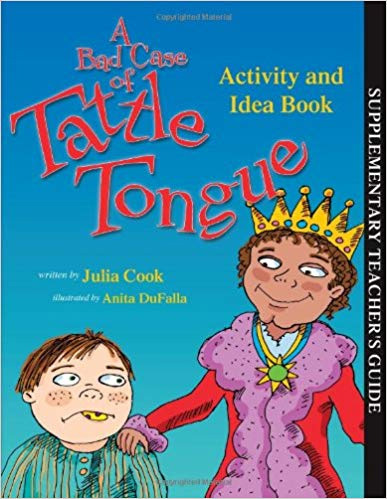

Soon it evolved to mean anything small: tittering, titmouse, tit-bits (predecessor to tid-bits). It consists of an elastic erectile substance, embracing the lactiferous ducts, which terminate on its surface, and thus serves to convey milk to the young of animals.” The same entry, strangely enough, identifies a tit as a tiny horse. In a copy of Webster’s Dictionary from 1828 it is described in lovely, florid language as “the pap of a woman the nipple. Our modern definition of “tit” has been in use for a very long time, though not nearly as sexualized. Pinning down just what was meant with “tell tale tit” is the only complicated part of this rhyme. Here is another great example of the school yard taunt. The Scottish version turns Elsie to “Eppie” and has her losing all her money following the Stuart cause. While Marley might have started as an 18th century pub song, it was later appropriated by the Scottish to describe the battle for the crown between Scottish Charles Stuart and King James II. These lines were only a tiny bit of a popular song, likely outliving their source because you can so easily fit in a lesson about arrogance and laziness for children. She was much lauded, “her buxom presence and lively humour being the means of attracting customers of all ranks of society.” The swine in question were undoubtedly her clientele. Elsie Marley was a real lady who ran a pub called The White Swan. Old British pubs were a fertile ground to birth rhymes and song, especially if that song was about the lady who ran the pub.


 0 kommentar(er)
0 kommentar(er)
